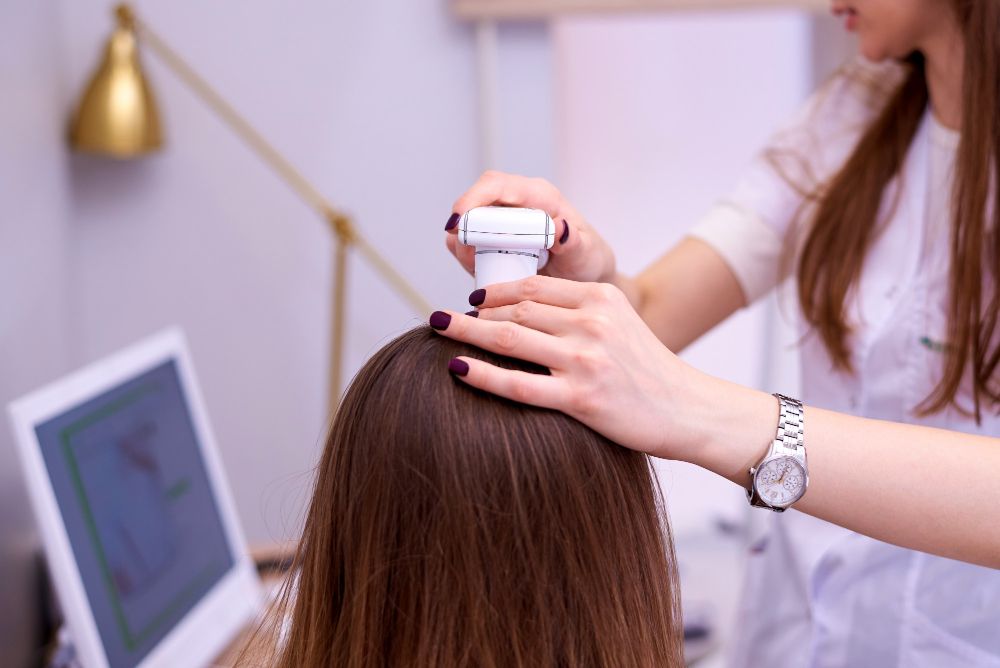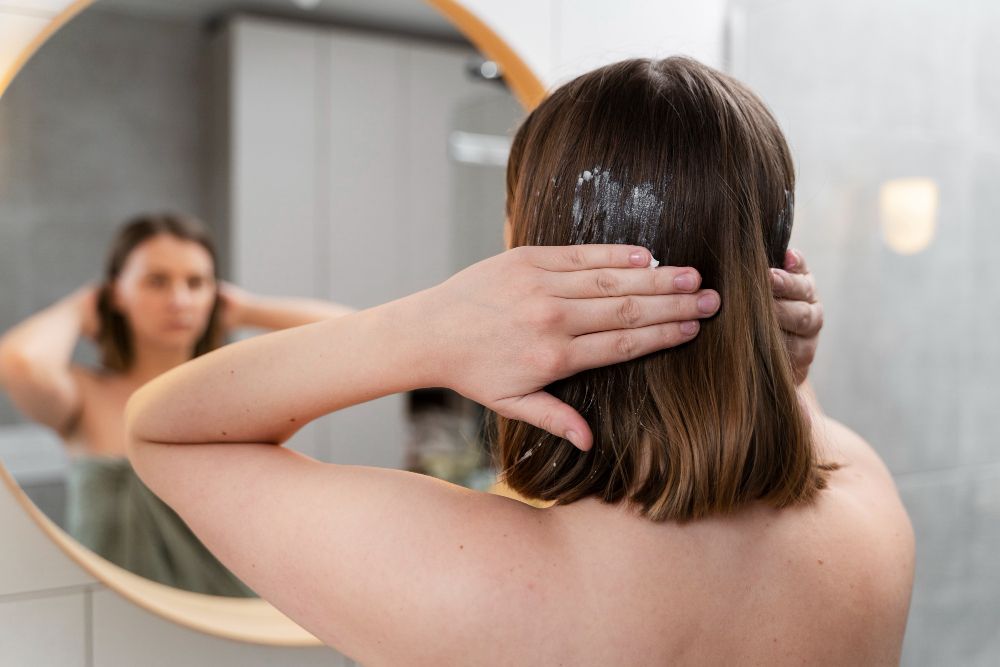- Home
- Trend
- Weight Loss Strategies
- Acne Tips
- Hair Health Information
- Blemish Removal Tips
- Acne Scar Removal Tips
- Muscle Building Techniques
- Intimate Care Tips
- Postpartum Intimate Care
- Eye Bags Wiki
- Tips for Face Slimming
- Secret of Permanent Hair Removal
- Breast Enlargement Tips
- Cure to Snoring
- Marionette Lines
- Skin-Tightening Secrets
Snoring is a widespread issue that affects countless people and their partners, often disrupting sleep and contributing to a range of health concerns. In response to this problem, anti-snore pillows have emerged as a potential solution. These specialised pillows are designed to alleviate snoring and improve sleep quality by addressing the root causes of snoring through better head and neck alignment. This blog explores the science behind anti-snore pillows and how they can help you reduce snoring.
The Mechanisms of Snoring
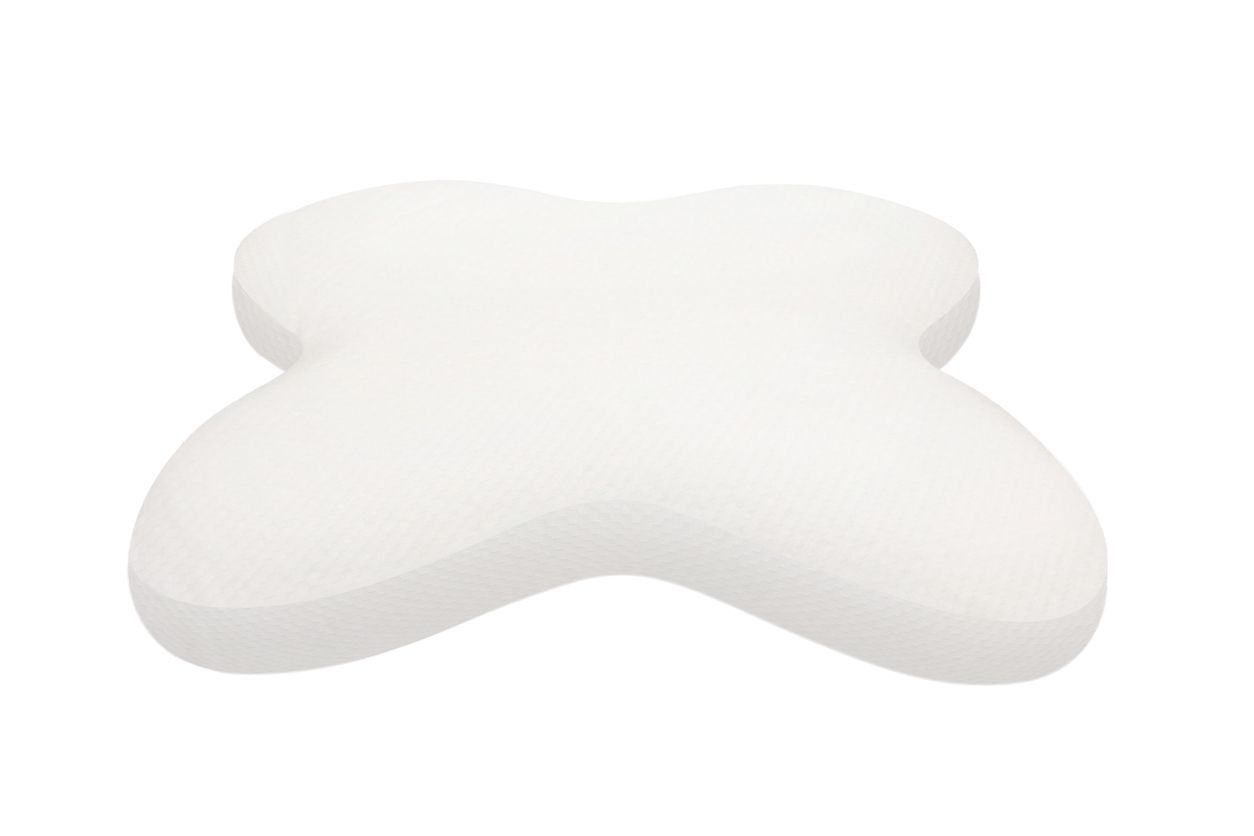
Snoring disrupts sleep not only for the sufferer but also for those around them. To effectively address this issue, we must delve into the underlying physiological mechanisms. This exploration necessitates a closer examination of the upper airway anatomy and the factors that contribute to its partial obstruction during sleep.
Throat Anatomy
The size and shape of the soft palate, uvula, and tongue play a crucial role in maintaining an open airway. A large uvula, elongated soft palate, or a bulky tongue can all contribute to narrowing.
Muscle Tone
During sleep, the muscles responsible for maintaining airway patency relax. This relaxation allows the aforementioned structures to collapse inwards, further constricting the passage.
Nasal Obstruction
Conditions such as allergies, a deviated septum, or enlarged adenoids can impede nasal breathing, forcing increased airflow through the mouth. This additional airflow can lead to vibration of the relaxed upper airway structures.
How Sleep Position Affects Snoring?
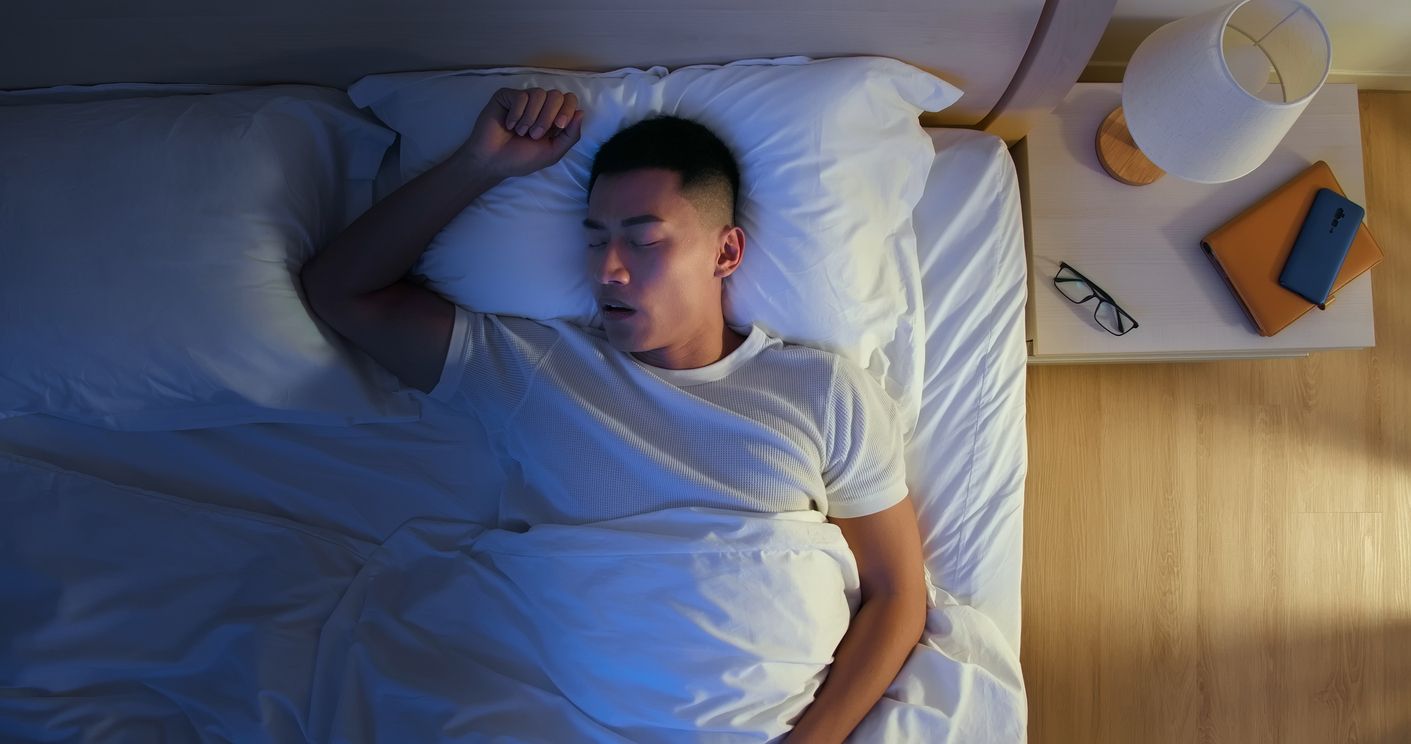
The position in which you sleep can have a substantial impact on the severity of snoring. Each sleeping position interacts differently with your airway, influencing how and why snoring occurs. Here’s a closer look at how different positions, particularly sleeping on your back, can exacerbate snoring:
1. Gravity’s Influence
When you sleep on your back (supine position), gravity pulls the tongue and soft palate toward the back of the throat. This can cause these tissues to obstruct the airway more than they would in other positions. As a result, the airflow becomes restricted, which intensifies snoring.
2. Airway Collapse
In the supine position, the base of the tongue has a greater tendency to collapse backward, effectively blocking the airway. The tilted back position of the head further exacerbates this effect, making it easier for the airway to become blocked and causing the vibrations that lead to snoring.
3. Obesity
Extra body fat, particularly around the neck and throat, can significantly narrow the airway. This reduction in airway space can lead to more severe snoring as the excess tissue increases the likelihood of airway obstruction during sleep.
4. Medical Conditions
Conditions such as allergies and upper respiratory infections can cause nasal and throat congestion. This congestion can force you to breathe through your mouth, which can increase the tendency to snore. The blocked nasal passages and swollen throat tissues make it harder for air to pass through, further contributing to snoring.
5. Medications
Alcohol and certain muscle relaxants can exacerbate snoring by further relaxing the muscles in the throat. When these muscles become too relaxed, they are more likely to collapse into the airway, causing obstruction and increased snoring.
The sedative effects of these substances can diminish the body’s natural airway tone, leading to louder and more frequent snoring.
免費體驗
Fotona 4D NightLase Snoring Treatment
1 Minute Self-Registration
Date should not be before minimal date
Best Anti-Snore Pillows: How They Can Address Snoring
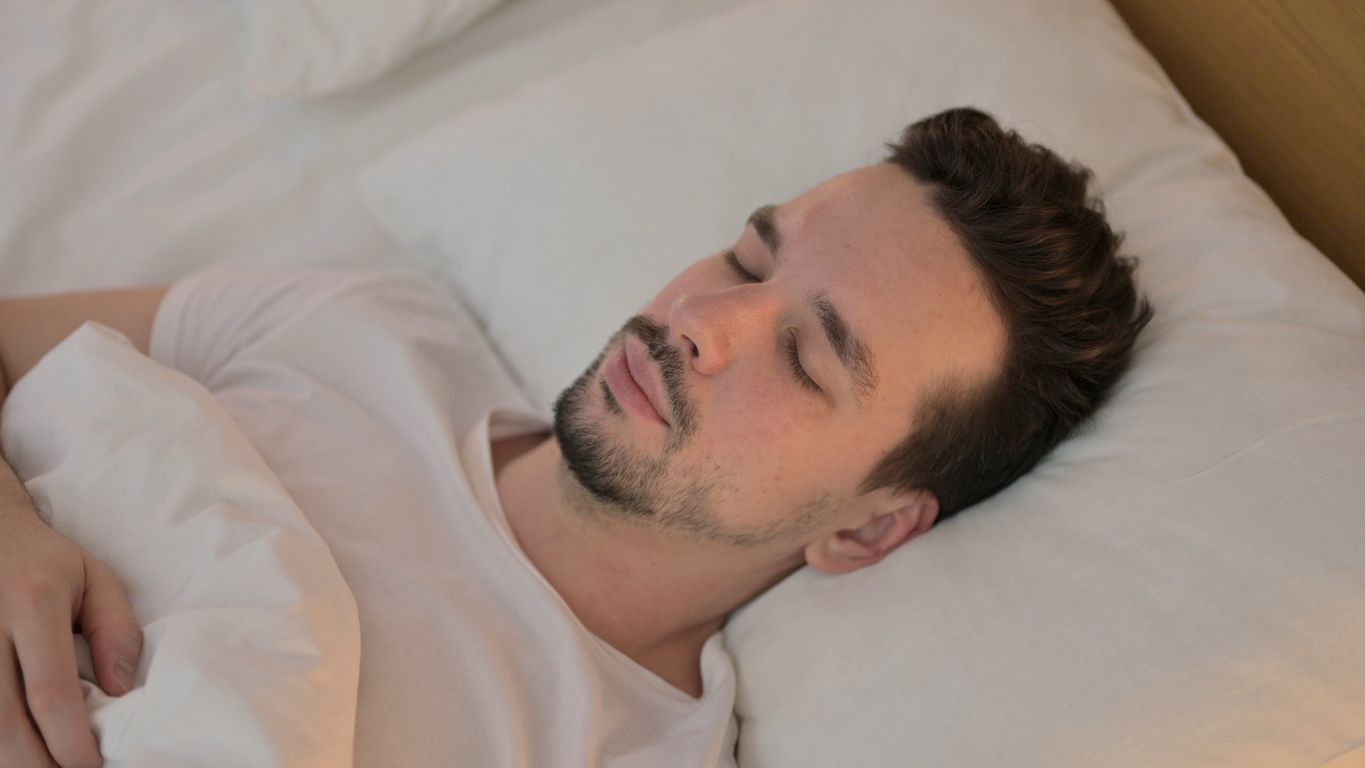
The best anti-snore pillows aim to address most of the common causes of snoring by providing:
Ergonomic Design
Anti-snore pillows deviate from traditional designs by incorporating specific contours or wedges intended to cradle the head and neck in a more upright position. This improved alignment helps to:
• Reduce Tongue Base Protrusion: By keeping the head and neck in a neutral position, the anti-snore pillow aims to prevent the tongue base from falling back and obstructing the airway.
• Support Soft Tissue Tone: The ergonomic design may indirectly support the relaxed muscles of the throat, potentially minimising the collapse of the soft palate and uvula.
• Correct Head and Neck Alignment: These pillows are designed to align the head, neck, and spine in a way that reduces the likelihood of airway obstruction. By maintaining the correct posture, they prevent the tongue and soft tissues from collapsing into the airway.
Positional Therapy
Research suggests that sleeping on one's side is an effective strategy to reduce snoring. Anti-snore pillows often employ various tactics to encourage side sleeping:
• Cervical Curves: Some pillows incorporate built-in cervical curves that provide optimal support for the neck in a side sleeping position.
• Sloped Surfaces: Certain designs utilise angled or sloped surfaces that feel less comfortable when sleeping on the back, gently nudging the sleeper towards a side position.
• Optimal Sleeping Position: Anti-snore pillows encourage side sleeping, a position known to reduce snoring. Some pillows feature contours or elevations that make it uncomfortable to sleep on your back, thereby naturally promoting side sleeping.
• Pressure Relief: Many anti-snore pillows are constructed from memory foam, known for its pressure-conforming properties. This allows the pillow to mould to the individual's head and neck shape, distributing weight evenly and reducing pressure points that can disrupt sleep.
• Enhanced Comfort: Pressure relief provided by memory foam can contribute to a more comfortable sleep experience, which is crucial for maintaining proper sleep posture throughout the night.
• Material Benefits: Many anti-snore pillows are made from memory foam, which conforms to the shape of the head and neck, providing consistent support throughout the night. Memory foam also helps distribute weight evenly, reducing pressure points and enhancing comfort.
Comparing Anti-Snore Pillows with Other Snoring Interventions
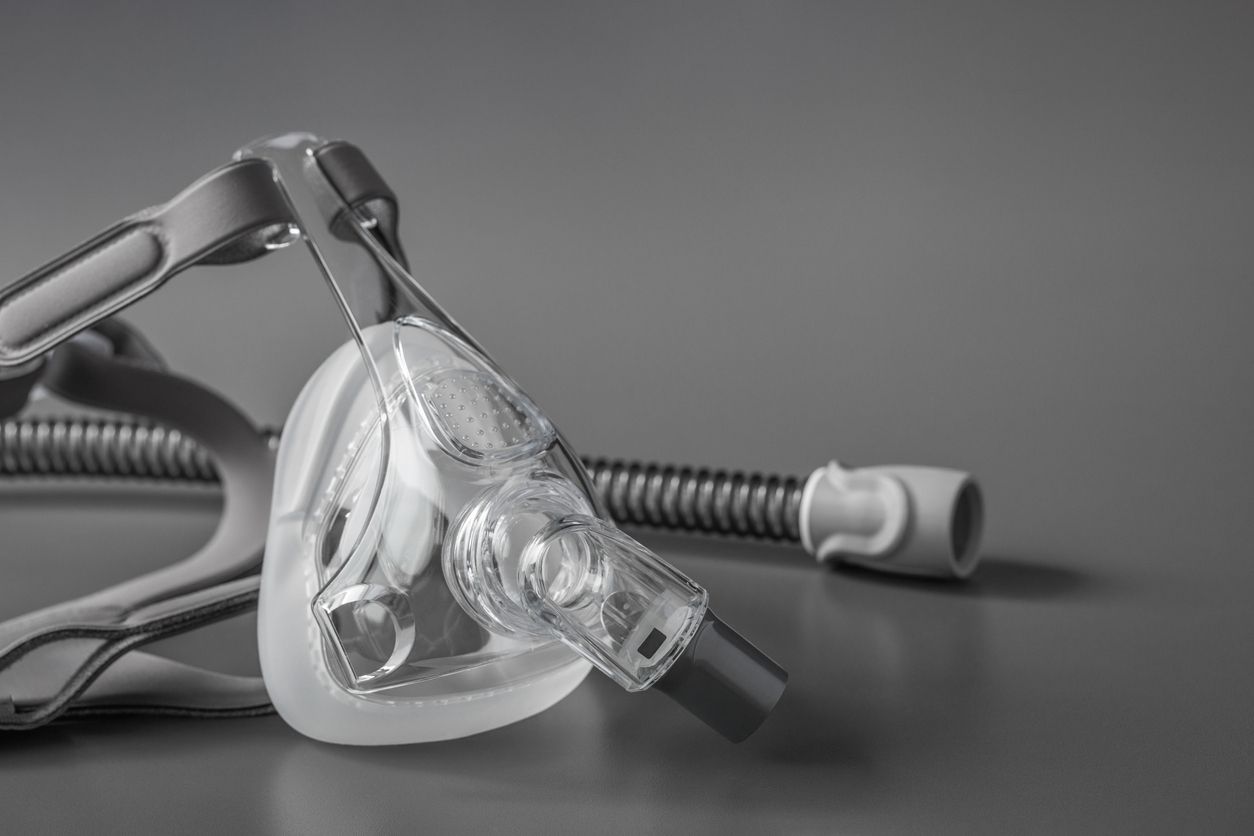
When it comes to snoring interventions, anti-snore pillows offer a non-invasive and convenient alternative to other methods:
1. Anti-Snore Pillows vs. CPAP Machines
Continuous Positive Airway Pressure (CPAP) Machines are a widely used treatment for obstructive sleep apnea, a condition frequently linked to severe snoring. Here’s how anti-snore pillows stack up against CPAP machines:
• Effectiveness: CPAP machines are highly effective in managing sleep apnea by delivering a steady flow of air to keep the airway open. They address snoring caused by severe airway obstruction and can significantly improve sleep quality. Anti-snore pillows, while beneficial, primarily focus on reducing snoring by improving sleep posture rather than addressing deeper physiological issues.
• Comfort and Convenience: CPAP machines can be cumbersome and may require users to wear a mask and hose while sleeping, which some find uncomfortable or intrusive. In contrast, anti-snore pillows offer a simpler, more comfortable alternative. They do not require adjustments or additional equipment, making them easier to use and integrate into your sleep routine.
• Cost: CPAP machines can be expensive and often require ongoing maintenance and replacement of parts. Anti-snore pillows are generally more affordable, offering a cost-effective solution without the need for a prescription or fitting process.
2. Anti-Snore Pillows vs. Lifestyle Changes
Lifestyle Modifications such as weight loss, reducing alcohol consumption, and altering sleep positions can also help reduce snoring. However, implementing and maintaining these changes can be challenging:
• Ease of Implementation: Lifestyle changes require significant effort and persistence. For instance, achieving and maintaining weight loss can be difficult and time-consuming. Anti-snore pillows, however, offer an immediate and effortless solution by encouraging better sleep posture with minimal effort.
• Sustainability: Lifestyle modifications can have a positive impact on overall health and may contribute to long-term snoring reduction. However, these changes often require continuous commitment and may not provide immediate relief. Anti-snore pillows provide a more straightforward approach, with immediate improvements in sleep posture and snoring reduction.
• Cost and Convenience: Anti-snore pillows are generally less expensive than the potential costs associated with lifestyle changes, such as dietary modifications or gym memberships. They are also portable and easy to incorporate into any sleep environment, making them a convenient addition to your nightly routine.
Practical Tips for Using Anti-Snore Pillows
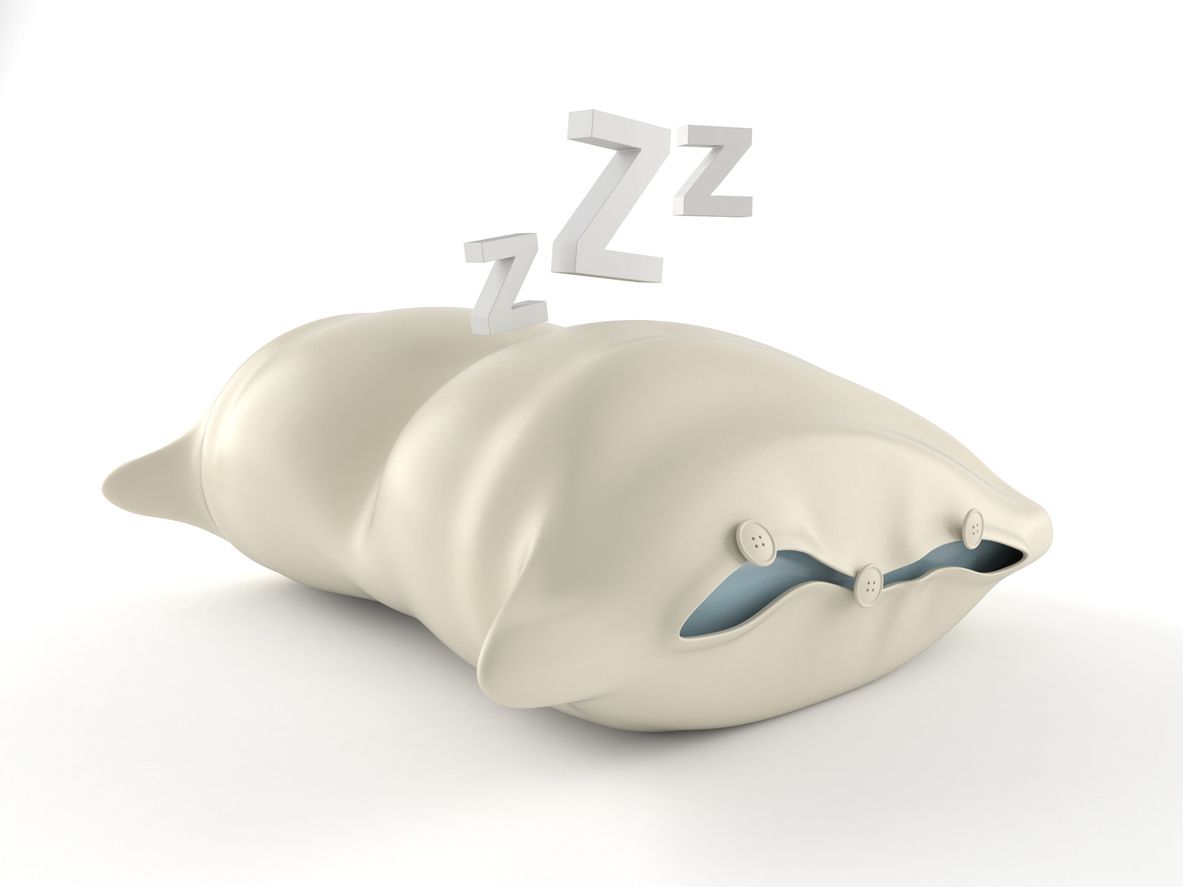
To make the most of your anti-snore pillow and achieve the best results in reducing snoring, follow these practical tips:
1. Adjusting to a New Pillow
It’s important to recognise that adapting to a new anti-snore pillow may take some time. Your body and sleep habits may need a few nights to adjust to the new pillow's shape and support. During this period, allow yourself to acclimate gradually, and avoid making frequent changes to the pillow, as consistency can help your body adapt more smoothly.
Ensure that the pillow provides the right level of comfort and support for your neck and head. Anti-snore pillows are designed to improve alignment, so it might take a little while to find the optimal position where you feel most comfortable and supported.
2. Monitoring Sleep Quality and Effectiveness
Pay attention to any changes in your snoring patterns and overall sleep quality after using the anti-snore pillow. Keeping a sleep diary or using a sleep monitoring app can help you track improvements and identify any remaining issues.
If you share your bed with a partner, ask for their feedback on how your snoring has changed since you started using the pillow. Their observations can provide valuable insights into the pillow’s effectiveness and whether further adjustments are needed.
Assess how your sleep quality has been affected by the new pillow. Look for improvements in how rested you feel in the morning and whether you experience fewer interruptions during the night.
3. Combining Strategies
Maintaining a healthy weight can reduce excess fatty tissue around the neck, which helps to prevent airway obstruction and decrease snoring. Limiting or eliminating alcohol and sedative use before bedtime can prevent the relaxation of throat muscles, which often exacerbates snoring.
In addition to using an anti-snore pillow, adopting a sleep position that reduces snoring, such as sleeping on your side, can further improve results. Establishing and sticking to a regular sleep schedule can improve overall sleep quality and help your body maintain a consistent sleeping posture.
免費體驗
Fotona 4D NightLase Snoring Treatment
1 Minute Self-Registration
Date should not be before minimal date
Complementing Anti-Snore Pillows with Fotona 4D NightLase Snoring Treatment

Anti-snore pillows and advanced treatments like the Fotona 4D NightLase Snoring Treatment offer promising ways to address this issue. Understanding how these approaches can complement each other can help you achieve a more restful and uninterrupted night’s sleep.
The Fotona 4D NightLase Snoring Treatment uses laser technology to tighten the collagen networks in the oral tissues, effectively reducing the size of tissues that can obstruct the airway. Here’s how it complements anti-snore pillows:
• Addressing Structural Causes: While anti-snore pillows help with positional snoring, Fotona 4D NightLase targets the root cause by addressing enlarged or lax tissues in the throat and mouth. This combined approach can provide a more comprehensive solution.
• Long-Term Benefits: Anti-snore pillows are beneficial for daily use, but their impact on reducing snoring may vary. The Fotona 4D treatment offers long-lasting results, improving the structural integrity of the airway and potentially reducing the need for frequent positional adjustments.
• Immediate and Prolonged Relief: Anti-snore pillows can provide immediate relief by improving sleeping posture, while the Fotona 4D treatment offers significant and enduring improvement in snoring, making it a potent complement to positional support.
Why is This Good News to Many Snorers?
When used together, anti-snore pillows and Fotona 4D NightLase treatment provide a comprehensive approach to managing snoring. The anti-snore pillow can help you maintain an optimal sleeping position, which is beneficial for reducing snoring triggered by body posture.
Simultaneously, the Fotona 4D NightLase treatment targets the deeper causes of snoring by tightening and restructuring the tissues in the throat, offering a more thorough and long-lasting solution.
Bring the Best Out of Your Anti Snoring Pillow!

Anti-snore pillows represent a practical and scientifically backed solution to the common problem of snoring. By promoting better head and neck alignment and encouraging optimal sleeping positions, these pillows can significantly reduce snoring and improve sleep quality.
For those seeking a non-invasive, comfortable, and cost-effective way to address snoring, combine your anti-snore pillow with Fotona 4D NightLase treatment for easier breathing, quieter nights and a better quality of life for both you and your partners!
免費體驗
Fotona 4D NightLase Snoring Treatment
1 Minute Self-Registration
Date should not be before minimal date
FAQ

1. How can I get a better night's sleep if my partner is a loud snorer?
If your partner is a loud snorer, there are several strategies you can try to improve your sleep. First, encourage your partner to sleep on their side instead of their back, as this can reduce snoring. Anti-snore pillows can also help by keeping the airway open and reducing snoring. Additionally, consider using earplugs or a white noise machine to mask the sound of snoring, allowing you to rest more peacefully.
2. What is the difference between sleeping on your back and your side for snorers?
Yes, there is a significant difference. Sleeping on your back can cause the airway to become obstructed due to gravity pulling the tongue and soft tissues backward, leading to louder snoring. Conversely, sleeping on your side helps keep the airways open and can reduce the intensity of snoring. For snorers, shifting to a side-sleeping position can make a noticeable difference in the loudness and frequency of their snores.
3. Why does snoring seem to affect my sleep quality?
Snoring can disrupt your sleep by causing frequent awakenings throughout the night, leading to fragmented and poor-quality rest. The loudness of the snoring and the discomfort of being woken up can prevent you from reaching deeper, more restorative sleep stages. To improve your sleep quality, consider using a combination of strategies such as anti-snore pillows to enhance airway alignment and sound-masking devices to reduce the impact of snoring noises.
4. What steps can I take to avoid waking up in the middle of the night because of loud snoring?
To minimise the chances of waking up due to loud snoring, you can try several methods. Ensure that your partner sleeps on their side, as this position can help reduce snoring. Utilise a white noise machine or earplugs to mask the sound of snoring. If necessary, consider an anti-snore pillow that supports proper head and neck alignment.
5. Can using anti-snore pillows alleviate the discomfort and worry caused by my partner's snoring?
Yes, anti-snore pillows can be effective in reducing snoring and the discomfort it causes. These pillows are designed to improve head and neck alignment, which helps keep the airway open and reduce the loudness of snoring. By addressing the root cause of the snoring, anti-snore pillows can help you and your partner achieve a better night's sleep and reduce any associated worries.





